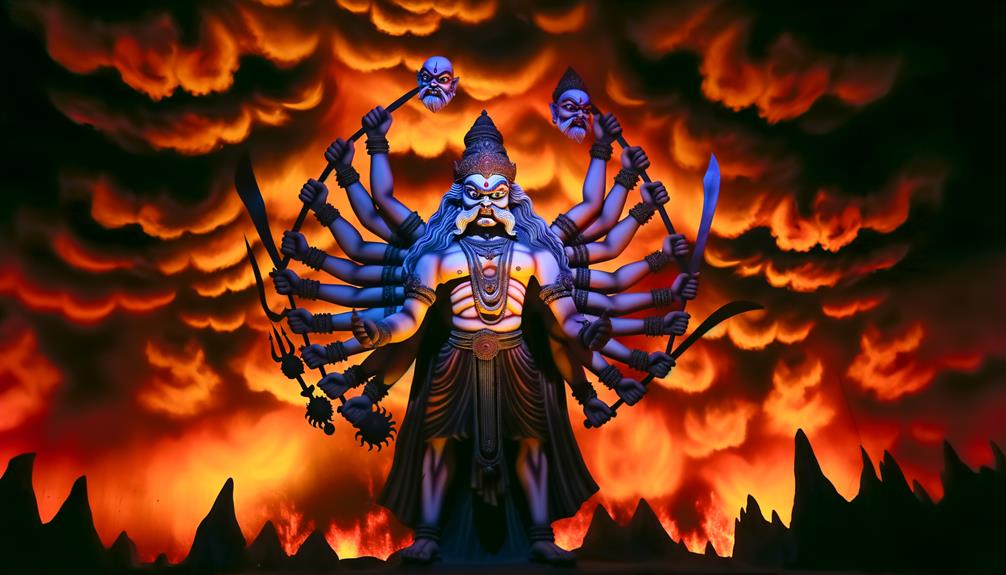The history of the Dambulla Cave Temple dates back to the 1st century BCE. The temple complex consists of five main caves that were used as monasteries and places of worship. These caves were converted into temples during the reign of King Valagamba.
Table of Contents
Introduction
Sri Lanka, an island nation rich in cultural and historical heritage, is home to numerous ancient sites that attract tourists from all corners of the globe. Among these, the Dambulla Cave Temple stands out as a remarkable monument of religious and historical significance. Known for its stunning rock cave temples, ancient frescoes, and Buddha statues, the Dambulla Cave Temple is not only an important pilgrimage site but also a major tourist attraction. This article delves into the history, cultural significance, and the allure of the Dambulla Cave Temple, highlighting why it remains a must-visit destination in Sri Lanka.
History of the Dambulla Cave Temple

The history of the Dambulla Cave Temple dates back to the 1st century BCE. The temple complex consists of five main caves that were used as monasteries and places of worship. These caves were converted into temples during the reign of King Valagamba (also known as Vattagamini Abhaya) who sought refuge here after being driven out of Anuradhapura by South Indian invaders.
King Valagamba’s Era
King Valagamba’s reign (89-77 BCE) was a period of turmoil and exile. After losing his throne, he sought sanctuary in the caves of Dambulla. During his 14 years of exile, he transformed these caves into a magnificent temple complex to show his gratitude to the monks who provided him shelter. Once he regained his throne, King Valagamba made significant contributions to the caves, adorning them with statues and elaborate carvings. This act of devotion not only marked the restoration of his rule but also established Dambulla as a center for Buddhism.
Cultural Significance of the Dambulla Cave Temple
The Dambulla Cave Temple, also known as the Golden Temple of Dambulla, is a testament to Sri Lanka’s rich cultural heritage. The temple complex is adorned with over 150 statues of Buddha, along with intricate murals covering more than 2,000 square meters. These murals depict scenes from Buddha’s life, including his birth, enlightenment, and death, as well as various events from Sri Lankan history.
The Five Main Caves
Each of the five caves holds unique religious and historical significance:
Devaraja Lena (Cave of the Divine King): The first cave houses a 14-meter-long reclining Buddha statue. This cave also contains statues of Hindu deities, reflecting the syncretism between Buddhism and Hinduism in Sri Lanka.
Maharaja Lena (Cave of the Great Kings): This cave is dedicated to King Valagamba and King Nissanka Malla. It features 56 Buddha statues and paintings that cover the walls and ceiling, showcasing Buddha’s teachings and the influence of Buddhism on Sri Lankan culture.
Maha Alut Vihara (Great New Monastery): Added in the 18th century by King Kirti Sri Rajasinha, this cave contains a large reclining Buddha statue and murals that exhibit a more modern artistic style compared to the older caves.
Pachima Viharaya (Western Temple): The fourth cave is smaller but contains significant statues of Buddha and various deities.
Devana Alut Vihara (Second New Monastery): The fifth cave, also known as the second new monastery, holds statues and artifacts that provide insight into the evolution of Buddhist art in Sri Lanka.
The Dambulla Cave Temple: A Center for Buddhism
Dambulla has been a center for Buddhism for over two millennia. The temple complex played a crucial role in preserving and promoting Buddhism during times of political instability. The monks who resided in the caves were instrumental in maintaining Buddhist teachings and traditions, contributing to the spread of Buddhism across Sri Lanka.

Religious Pilgrimage
The Dambulla Cave Temple continues to be a significant pilgrimage site for Buddhists. The annual Esala Perahera, held in honor of the Sacred Tooth Relic of Buddha, sees thousands of devotees visiting the temple to pay their respects. This event underscores the temple’s enduring religious importance and its role in the spiritual life of Sri Lankans.
Architectural Marvel and Artistic Heritage
The architectural and artistic achievements of the Dambulla Cave Temple are truly remarkable. The temple’s intricate carvings, frescoes, and statues showcase the skill and devotion of ancient Sri Lankan artisans. The vibrant colors and detailed depictions in the murals provide a vivid portrayal of Buddhist iconography and Sri Lankan history.
Conservation and Restoration
Efforts to preserve and restore the Dambulla Cave Temple have been ongoing for decades. These initiatives aim to protect the delicate murals and statues from environmental damage and ensure that future generations can continue to appreciate the temple’s artistic and historical significance.
Attractions and Activities for Tourists
The Dambulla Cave Temple is not only a site of religious and historical importance but also a major tourist attraction. Visitors can explore the caves, admire the stunning artwork, and learn about the temple’s rich history. The temple complex is surrounded by beautiful landscapes, offering opportunities for hiking and nature walks.
Exploring the Temple Complex
A visit to the Dambulla Cave Temple typically begins with a climb up the rock face to the temple entrance. The ascent offers panoramic views of the surrounding countryside, including the nearby Sigiriya Rock Fortress. Once inside, visitors can explore the five main caves, each filled with fascinating statues and murals.

Nearby Attractions
The Dambulla Cave Temple is located in close proximity to several other major attractions in Sri Lanka’s Cultural Triangle. These include:
- Sigiriya Rock Fortress: Just a short drive from Dambulla, Sigiriya is an iconic rock fortress and UNESCO World Heritage Site, famous for its ancient frescoes and water gardens.
- Polonnaruwa: Another ancient capital, Polonnaruwa offers a wealth of archaeological sites, including temples, palaces, and statues.
- Anuradhapura: The first ancient capital of Sri Lanka, Anuradhapura is home to numerous stupas, monasteries, and the sacred Bodhi Tree.
Conclusion
The Dambulla Cave Temple is a jewel of Sri Lankan Buddhism, offering a rich tapestry of history, culture, and spirituality. Its significance as a religious center, combined with its stunning artistic and architectural achievements, makes it a must-visit destination for tourists. Whether you are a history buff, a spiritual seeker, or simply a curious traveler, the Dambulla Cave Temple promises an unforgettable experience that will leave you with a deeper appreciation of Sri Lanka’s rich cultural heritage.
By including the Dambulla Cave Temple in your travel itinerary, you will not only witness a masterpiece of ancient craftsmanship but also gain insights into the profound influence of Buddhism on Sri Lankan society. This remarkable site, with its enduring legacy and captivating beauty, continues to inspire and awe visitors from around the world.




